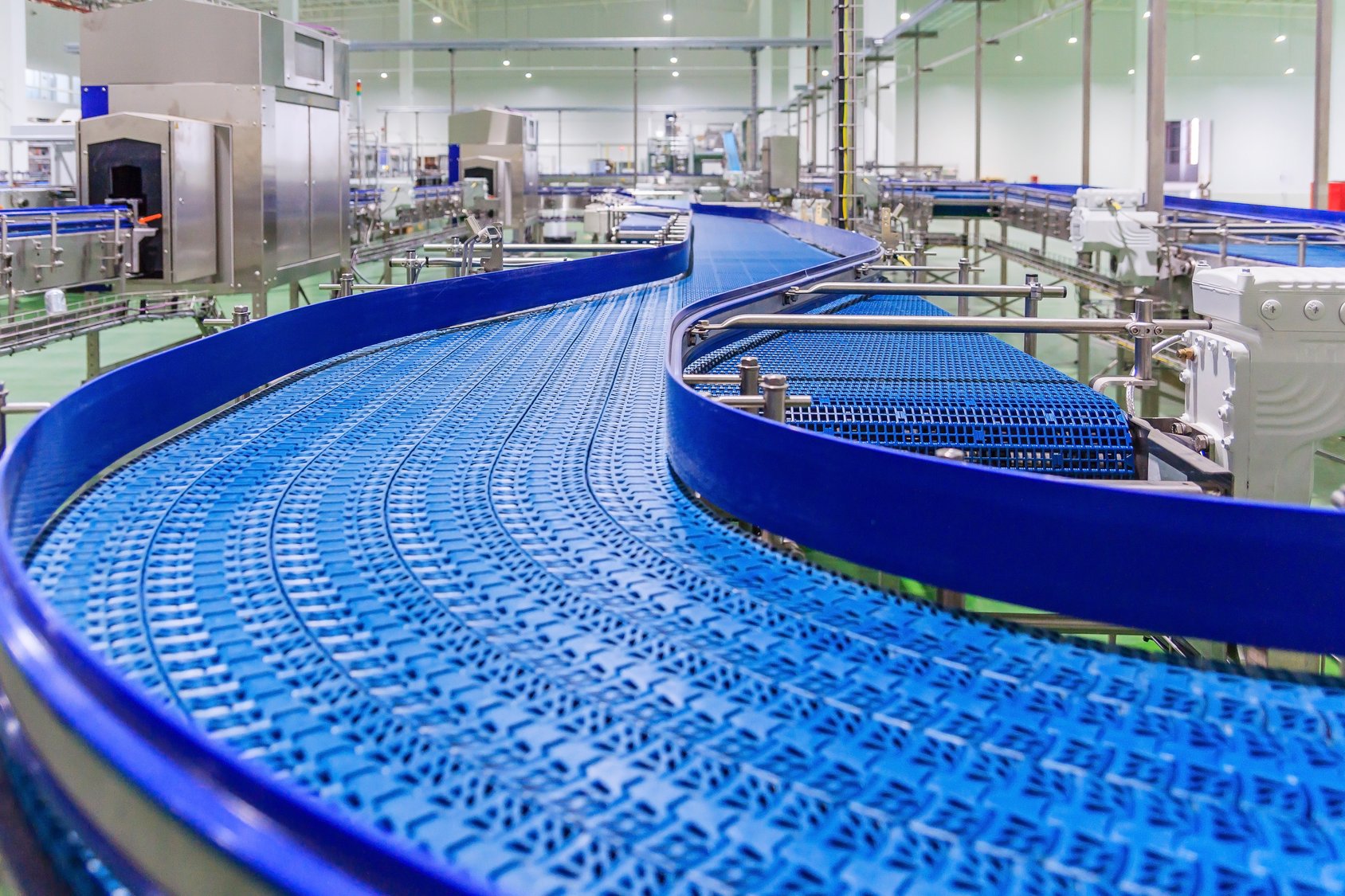Does this describe you or your company?
It seems like managers involved in the manufacturing production process never have enough reports or data. It’s not uncommon for our consultants at Visual South to get requests that begin with, “It would be great if I could get a report that…” Truth be told, the requests usually make a lot of sense. So, we develop the report and our customers start using it.
Sometimes when a report’s information points to a problem, users declare that there must be something wrong with the data. Here’s where it can get weird: No one challenges that declaration! Everyone just accepts that the data is bad and moves beyond it like everything is OK. Imagine going to your cardiologist to get test results and he lets you know they found 90% blockage in three of your arteries, but then he dismisses the findings. “I guess you can just keep doing what you have been doing,” he says. Now imagine accepting that. I don’t think so…
Granted, most requests for data in the manufacturing industry’s production processes are not life-and-death situations. However, it’s not a stretch to say all the tasks involved affect people’s lives. Whether it’s helping someone be more efficient, removing redundant steps, or increasing your odds of shipping on time, reports and data are important. Therefore, a process must be put in place to assure the data is clean and give you the confidence to believe what it tells you.
Want to talk about cleaning up your data?
3 steps to clean your manufacturing production process data
Putting a method in place that ensures the data from your manufacturing production process is clean is more about managing people than data, because it is the action (or inaction) of people that creates bad data. Here are the fundamental steps in creating a process that keeps your data clean and believable.
- Use the data every day. This may sound silly, but it is the absolute foundation of good data. If the data isn’t used every day, mistakes can go unnoticed for weeks or months. This means the people introducing bad data into the system don’t know they are doing anything wrong. And then they keep doing it and the data becomes riddled with errors.
- Rely on the data. If you don’t rely on the data, I would question if you really need it. Keeping data clean requires some effort. That effort is only worth it if you rely on the data and find it useful (see #1). A cardiologist relies on data about a patient’s arteries because serious decisions are made using that data. If you’re not relying on the data to make decisions, you won’t care if it’s wrong and consequently won’t be motivated to fix it. Your mindset has to be to eliminate bad data. Without this mindset, you will just skip over the bad data.
- Find the root cause of any error and eliminate the cause. This is where it gets interesting. I understand it’s easier to say “eliminate the cause” than it is to do it. Solutions for fixing bad data will depend on the problem, but keep this basic framework in mind: If people know that others are relying on the information they are entering in the system, they do a better job. That’s why it’s important to use and rely on the information every day. Your reliance on the information translates to relying on other people. Those other people don’t want to be a problem, so they focus on doing the right thing. After a little bit of time, this attitude becomes part of the culture.
Here is an example of using these three steps to keep data clean for manufacturing industry production processes. Most companies we work with want accurate work order costing. Some achieve this goal, but many do not. In most cases, the problem is inaccurate labor reporting. Trying to make labor reporting more accurate usually doesn’t lead to great results because the data isn’t being used every day by production. To fix this, we introduce efficiency reports that provide a score as to how well a department is running. What’s the data used to provide this score? Standard rates compared to actual rates; and the actual rates come from labor reporting. Now there is a motivation for the data to be accurate. In addition, supervisors get daily reports of all the labor tickets for their employees for the previous shift. They need to fix any errors and sign off on the report. This makes everyone responsible, and it creates an environment where mistakes are addressed right away. The result is clean data.
Making an effort to clean up your data, and keep it clean, will help you believe what your reports tell you (the good and the bad). If you want more advice on how to get rid of bad data, contact me.









